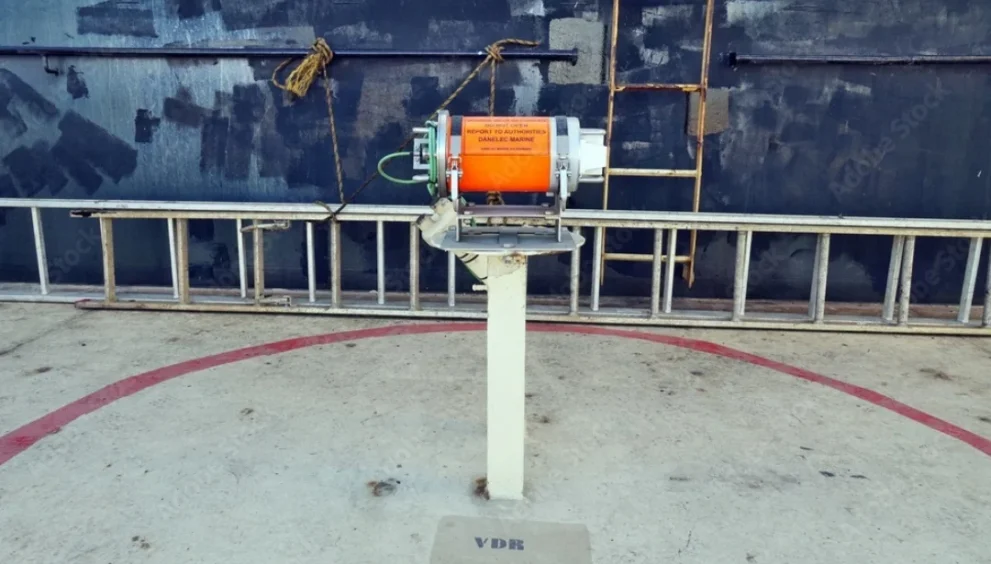A Voyage Data Recorder( VDR) is like a black box for vessels, designed to continuously capture and store essential nautical and functional data. Its primary purpose is to help investigators in determining the cause of maritime accidents by furnishing critical information leading up to an incident.
VDRs are obligatory under SOLAS Regulation V/ 20, which requires passenger ships and cargo ships of 3,000 GT and above to carry a VDR. This ensures vital data is recorded and available for analysis if a casualty or near- miss occurs.
What VDR Records
The VDR system captures multiple data streams, including
Ship’s position( from GPS)
Heading( from gyro)
Speed( from speed log)
Radar and ECDIS shots
Bridge audio( via microphones)
VHF dispatches
Engine orders and responses
Rudder angle
AIS data
Bridge alarms and events
Status of watertight doors, hull openings, and fire doors
new age VDRs store at least 48 hours of protected data and generally over to 30 days in a separate memory unit for extended playback.
How VDR Works – Technical Overview
The VDR acts as a central core for recording real- time data from various shipboard systems. Here’s how it operates
1. Sensor Inputs
The VDR is connected to multiple sensors and systems, including GPS, gyro compass, speed log, ECDIS, radar, AIS, microphones, and engine monitoring devices.
2. Signal Conversion & Processing
These signals, which may be digital( e.g., NMEA 0183/2000) or analog, are collected and converted into a standard format by the VDR’s interface modules. Audio signals are filtered and digitized, and radar/ ECDIS shots are taken at intervals
3. Data Encoding & Compression
Once gathered, the data is compressed to reduce file size and ensure effective storage. The system runs on a loop, continuously overwriting the oldest data with the newest.
3. Data Storage
The Final Recording Medium( protected capsule) holds the last 48 hours of critical data and is constructed to survive fire, pressure, and impact.
An internal storage drive stores longer- term data( generally 30 days) for playback and analysis.
4. Float- Free Capsule
Located externally, often on the monkey island, this capsule detaches and floats free if the vessel sinks. It’s fitted with an Underwater Locator Beacon( ULB) that emits signals for at least 30 days to assist recovery.
5.Backup Power
A dedicated Uninterrupted Power Supply( UPS) ensures the VDR keeps recording during power failure, generally for a minimum of two hours.
6. Self- Monitoring and Alarms
VDRs perform self- checks. However, visual or audible alarms are activated on the bridge to warn the Officer of the Watch, If faults occur.
—
Where VDR Equipment is Located
Main VDR unit – generally placed on or near the bridge or in the ECR
Microphones – Fixed overhead on the bridge to capture conversations, alarms, and VHF
Radar/ ECDIS interface – Connected directly with bridge display systems
Float- free capsule – Mounted outside on the bridge top or monkey island
ULB( Underwater Beacon) – Attached to the capsule for locating wreckage
—
Maintenance & Testing
Weekly performance checks( as per ISM)
Regular testing of ULB battery and capsule status
Verifying proper audio recording
Software updates( if applicable)
Logbook entries for any failures or maintenance
—
VDR Data – Beyond Accidents
While VDRs are primarily forpost-incident analysis, they also help with
Internal audits and safety reviews
Navigational performance assessments
Bridge team evaluations


